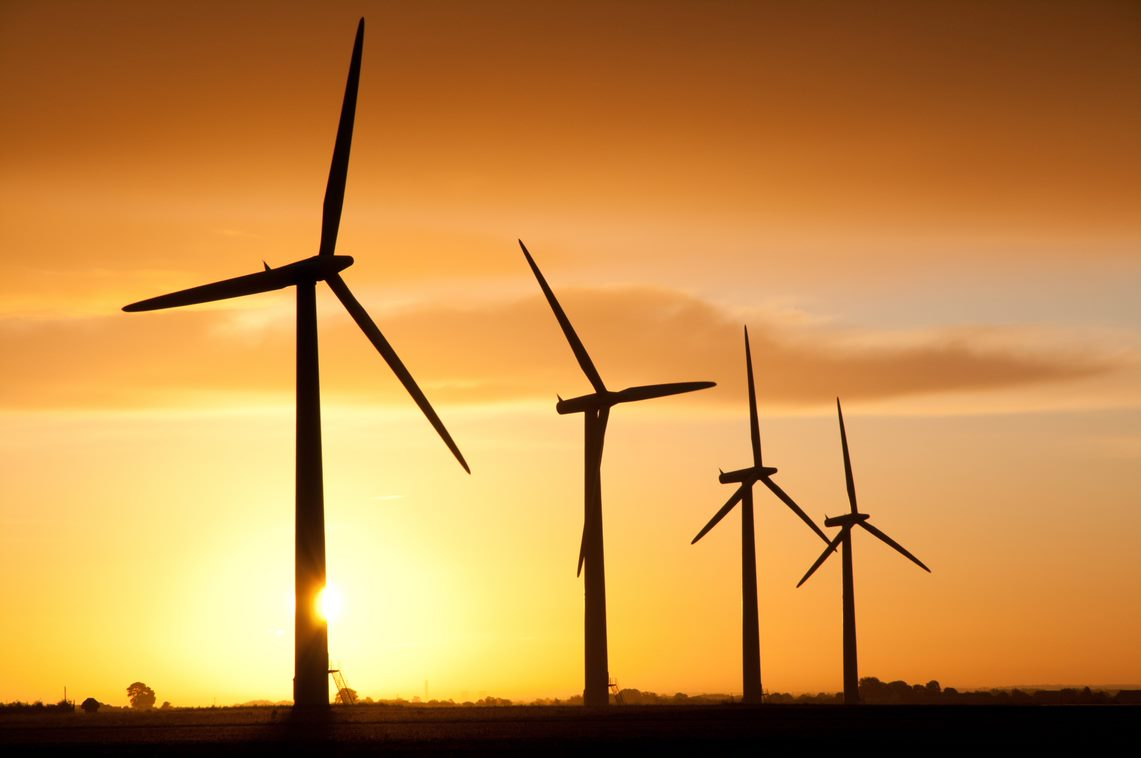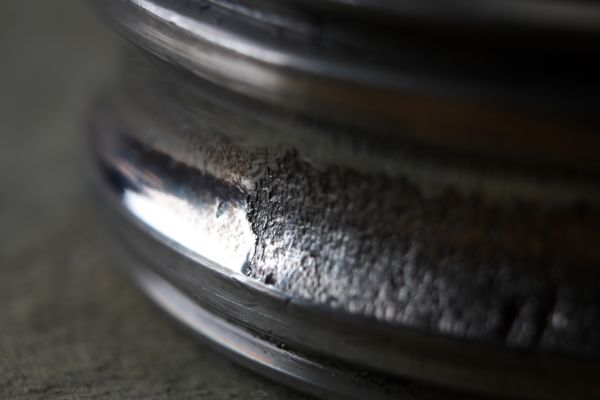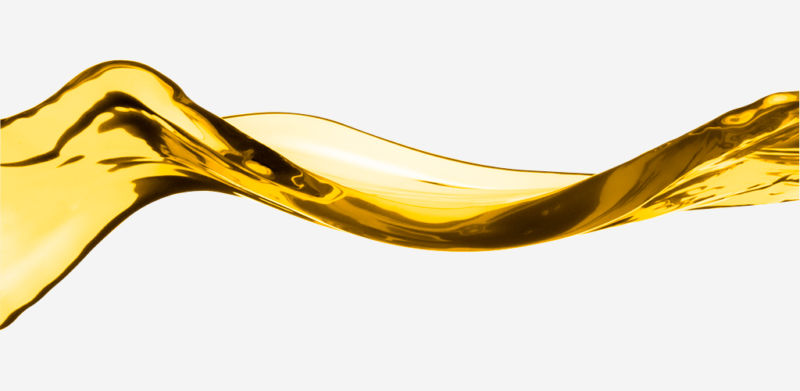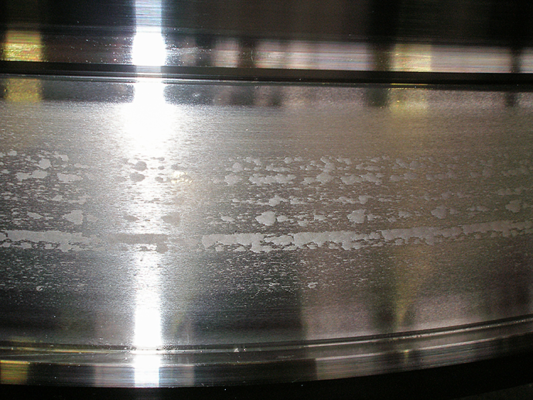There are many different factors that can lead to excessive vibration. What they all have in common is that they almost always highlight an underlying problem. The following factors are common reasons for abnormal vibration in wind turbines:
- Incorrect lubrication
If bearings are not lubricated to a level that supports their required operating conditions, they will not be able to rotate cleanly, and excess friction will result in vibration and premature bearing wear.
- Misalignment
When the main shaft between a gearbox and generator is not aligned correctly, problematic levels of vibration and noise can be expected. If left unchecked, these conditions will likely degrade bearings.
- Loose parts
If parts are not fitted correctly, become loose over time, or electrical connections are incorrectly installed, there is likely to be excessive mechanical friction that may damage components within a turbine.
- Bearing deterioration
If bearings are not in optimal condition and uneven surfaces are present, they may not be running smoothly, resulting in excessive machinery vibration. This has negative effects on productivity and can lead to downtime.
- Gear damage
When the gears in a gearbox become damaged, it is likely that they will not rotate smoothly and cause unwanted vibration. This could damage components within the gearbox, such as bearings, and can lead to a standstill in production.
Simply put, excessive vibration and noise is a clear sign that a wind turbine is not operating as it should be, and action is required. So how can technicians keep track of vibration, act before damage occurs, or avoid it entirely?
Tools for identifying excessive vibration
Fortunately, there are ways for operators to protect their machinery against vibration. This can be achieved with anti-vibration systems that help isolate vibration and condition monitoring systems that track and report vibration levels.
Isolating vibration for longer and quieter service life
Vibration can lead to noise which may disturb residential areas and prematurely wear machinery. Operators can reduce noise and isolate vibration with anti-vibration or damping systems. Anti-vibration systems generate disruptive interference, also known as counter vibration, to cancel out noise and vibration that could potentially damage machinery.
Understanding what is causing troublesome vibration
On the other hand, certain types of vibration may be completely avoidable and a result of undesirable operating conditions. Technicians can track this with condition monitoring systems and then make necessary changes to the wind turbine to resolve vibration issues. These solutions are vital for understanding wind turbine operating conditions, identifying areas for optimization, and rectifying any issues before damage occurs.
Protecting machinery for a smooth ride
There are many options and products available for negating the damaging effects of vibration. SKF offers a range of condition monitoring solutions, including SKF WindCon – a remote monitoring system specifically for wind turbines, to help operators achieve smooth performance. Wind energy companies can also buy support services for vibration management to relieve the burden on internal staff. All in all, operators have plenty of options for managing vibration in the modern wind energy sector.



